Atlanta Braves Prospects: Spencer Strider Scouting Report
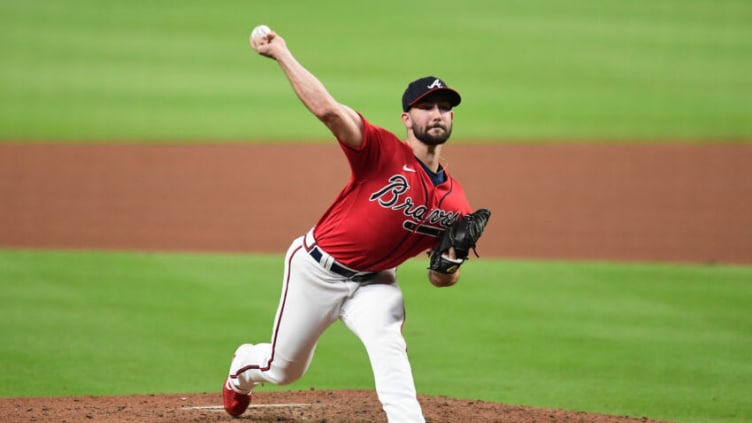
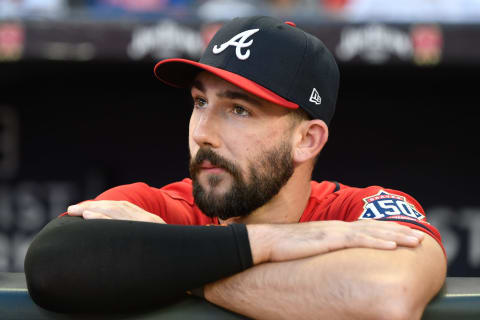
Spencer Strider is next up as we take a deep dive into the Atlanta Braves farm system giving a detailed overview of some of their top prospects.
The 2020 MLB Draft was a short one, but it’s shaping up to be a very successful one for the Atlanta Braves even though they only made four picks.
We already talked bout Jared Shuster, who they took in the first round. And Bryce Elder who was selected in the fifth round. I plan to do a report on Jesse Franklin as well, who I’m also really excited about.
But today we’re going to focus on maybe the player from that draft with the most upside in Spencer Strider.
A fourth-round pick out of Clemson in that 2020 draft, Spencer Strider has already made his big league debut pitching across five levels in 2021.
In the minors, he had a 3.64 ERA in 94 innings with 153 strikeouts, a WHIP of 1.106, 3.8 BB/9, and 14.6 K/9.
The Braves called him up at the end of the year as an audition for the postseason bullpen and he gave up 1 earned run (a solo home run) on 2 hits with a walk and no strikeouts.
He threw 51 innings as a freshman at Clemson and 25.2 innings that summer in the Cape before missing all of 2019 after having Tommy John surgery.
And then he threw 12 innings at Clemson in 2020 before the season was shut down, so it wasn’t a great sample size in college but the Braves took a chance on him anyway.
As I began my research on him I was all prepped to say he was destined to be an elite reliever and can’t make it as a starter without a secondary pitch.
But then this article changed everything for me. So do me a favor, stop and read that FanGraphs article and then come back — you won’t be disappointed.
Hearing the way he thinks about the game and knowing what he needs to do with his pitches to be successful gives me hope that he could be a frontline starter one day.
And maybe I’m being naive and reading too much into one article — maybe everything other pitcher is that knowledgeable with what they need to do with their pitches — but he had me Googling things I’d never heard of.
After reading that I can’t wait to see the next evolution of Spencer Strider.
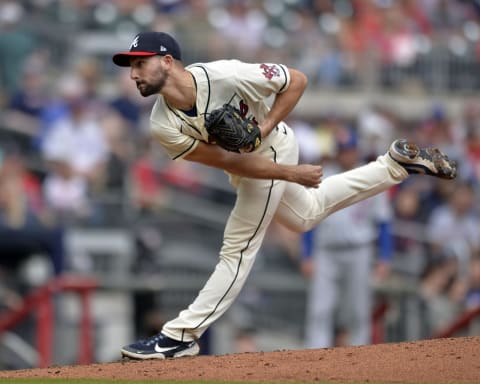
The Pitch Mix
Fastball, slurve, change-up.
You read from the article he’s going to be 60-70 percent four-seam fastball all of the time. Like Shuster, his fastball plays much better up the zone as it has some rise to it.
In the starts I watched at Mississippi he was able to maintain 95-97 deep into games. As a reliever with the Atlanta Braves, he averaged 98 MPH with the fastball.
https://twitter.com/mbraves/status/1434661901968060417?s=20
You hear him talk about his slider/curve in that article, which is why I refer to it as a slurve. Trackman data picks it up as a slider.
This is where it really becomes hard to judge because in the games I watched in the minors there was much more vertical (North-South) movement on the pitch, which is what he wants. But in Atlanta, it played much more like a slider with more East-West break.
It’s also possible the pitch I’m seeing in the minors is a change-up — it’s hard to tell when they don’t show the pitch speed on the broadcast. But here is the pitch I’m talking about, so see for yourselves.
.@SpencerSTRIDer tallies his 5th strikeout as he sends us to the 4th leading 1-0 🤢🤢🔥🔥 pic.twitter.com/qAslDt5F5k
— Mississippi Braves (@mbraves) September 18, 2021
I watched two minor league starts. In one, he was probably 80 percent fastballs and was just blowing them by hitters.
In the other, an August 6 start against the Birmingham Barons in which he struckout 12 over 6.1 shutout innings, I thought he featured that off-speed pitch a lot more and was deadly with it.
Whatever the off-speed pitches are, developing that slurve and change-up will ultimately determine if he becomes an elite-level starter or dominant middle reliever. But I have confidence he’s destined for one of those two roles.
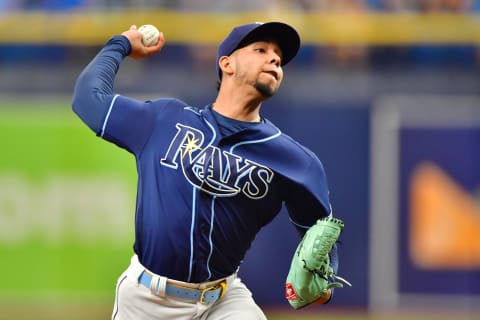
The Ceiling
As far as pitchers go, Strider has the highest ceiling of any of them right now. Anytime you have a pitcher who can consistently throw hard in the zone and rack up strikeouts the way he did in the minors, there is going to be a lot of optimism.
Now, he can’t get by just with the fastball at the big league level. And as I mentioned in the last section, his ceiling will depend on whether or not he’s able to find a couple of good secondary pitches to play off that fastball.
A slurve running down and away to the glove side and a change-up or curve dropping off the table will definitely be great complementary pitches.
If he can do that, then he has a chance to be a top of the rotation arm.
However, even if he can’t or he’s only able to make one of those pitches above average, he’ll still be a dominant reliever.
Comparisons
Although left-handed and bigger, Robbie Ray throws his fastball nearly 60 percent of the time in the mid-90s with a slider and curveball as secondaries.
Luis Patino is actually a pretty great comparison. They’re both about the same height and size with pretty similar arm action.
In his two years at the big leagues, Patino is throwing his mid-90s four-seam fastball about 60-65 percent of the time with his slider at 20-25 percent while mixing in a change-up.
I know he hasn’t broken out in the big leagues yet, but Patino is just 22 — younger than Spencer Strider — and was once a top 20 prospect in all of baseball.
Carlos Rodon gets by with a similar pitch mix, but again, is much bigger than Spencer Strider.
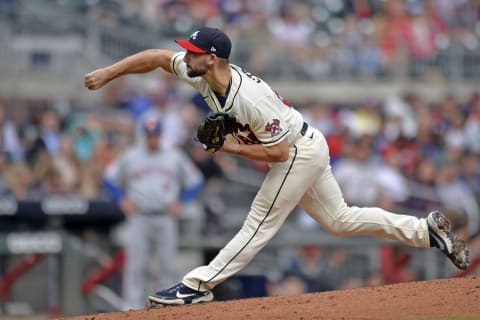
Projecting His Numbers
Of the three pitchers I’ve highlighted so far, Spencer Strider is by far the hardest to project. And like some of those comparisons I just made with Patino and Rodon, it might take Strider some time to become the starting pitcher we believe he can be.
My biggest concern is the size and him being able to hold that velocity deep into games over 160 innings.
If he can and he develops that slurve and change, we’re looking at a potential number two starter with an ERA sitting at 3.20-3.50 and a K/9 of 11.
However, if that doesn’t happen and he moves to the bullpen I think he’s a 2.50 ERA reliever with a K/9 of 13.
When Does He Play for the Braves
Even though he’s already made his debut with Atlanta, I would be somewhat shocked if we see him at the big league level anytime before the All-Star break in 2022.
In fact, unless the wheels just fall off in the starting rotation, I kind of hope we don’t see Strider again until the end of the 2022 season as a possible bullpen option for the postseason.
I want to see him be a starter because I think he has top of the rotation potential, but that means he needs more time in the minors to work on his other two offerings.
If starters are needed in 2022, I’d much rather see guys like Kyle Wright, Tucker Davidson, Kyle Muller, and even Bryce Elder get the call before Strider.
Next. The Braves Are Signing Int'l Players Again!. dark
Let him continue to develop at Triple-A until he proves the slurve and change-up can be plus pitches for him. Once he has confidence in those other two pitches, let him loose.